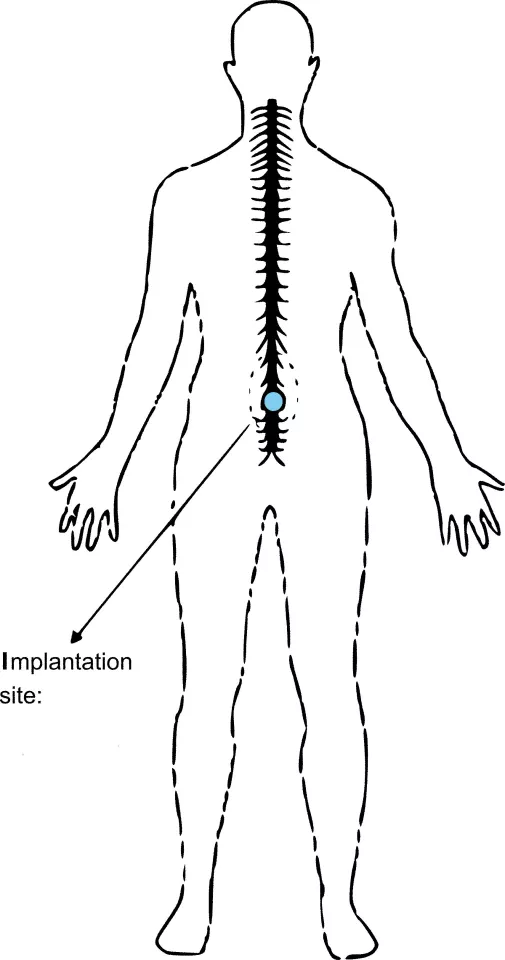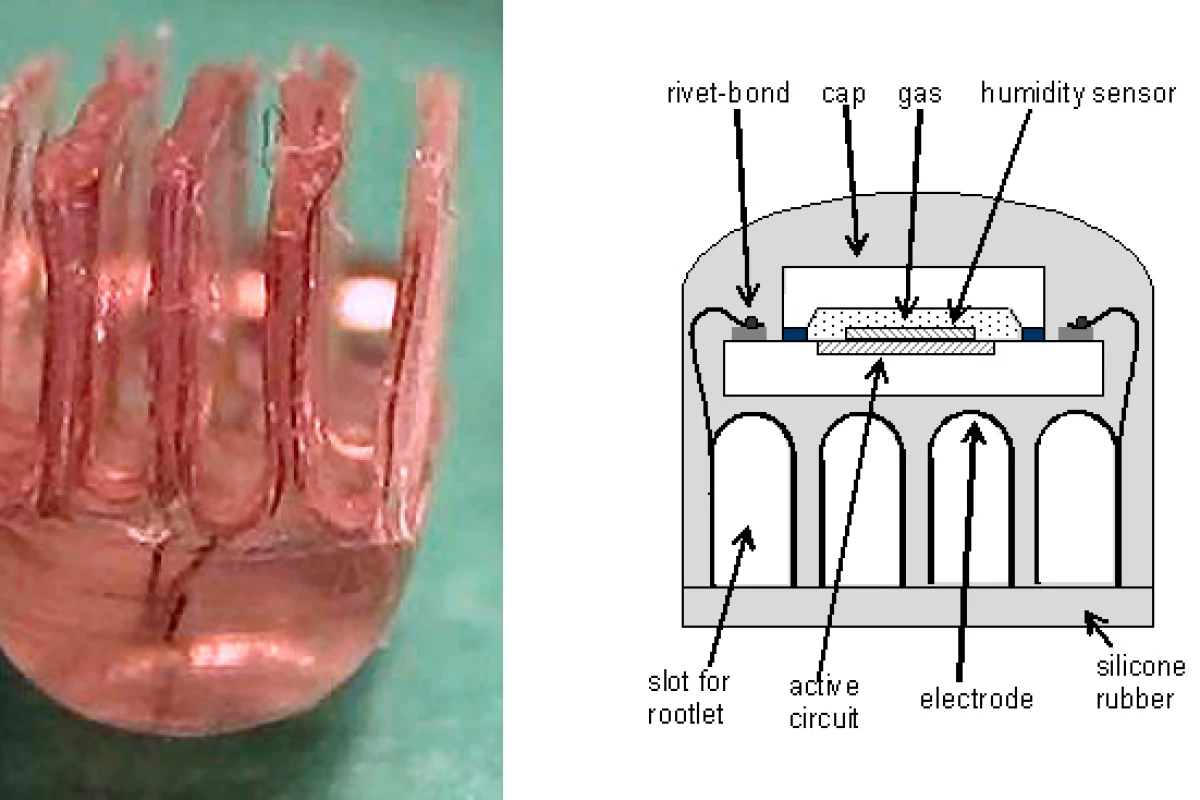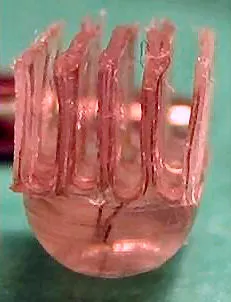Paraplegics may soon find it easier to exercise their leg muscles through activities such as cycling and rowing, thanks to a tiny microchip implanted in the spinal canal. Dubbed the Active Book because of its booklike appearance, the microchip combines electrodes and a muscle stimulator in one unit the size of a child's fingernail.
Although this is not the first time electrodes and stimulators have been implanted in paraplegics, this latest device is the first to combine the electrodes and muscle stimulator in one unit, so that more nerves can be stimulated and better function achieved.
A team of engineers from University College London, as well as Freiburg University and the Tyndall Institute in Ireland, used laser processing technology to cut tiny electrodes from platinum foil. The electrodes were folded into a 3D shape resembling a book, and the "pages" were closed in around the nerve roots and micro-welded to a hermetically sealed silicon chip.

"The work has the potential to stimulate more muscle groups than is currently possible with existing technology because a number of these devices can be implanted into the spinal canal," said project leader Professor Andreas Demosthenous. "Stimulation of more muscle groups means users can perform enough movement to carry out controlled exercise such as cycling or rowing."
The device could also help improve other muscle function such as stimulating bladder muscles to help overcome incontinence, improving bowel capacity and suppressing spasms.
The Active Book will be made available for pilot studies in 2011.







